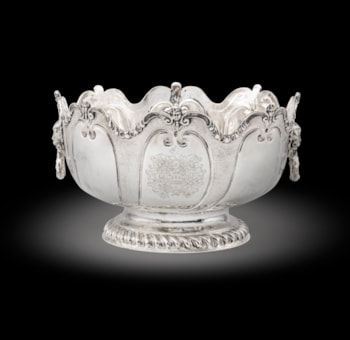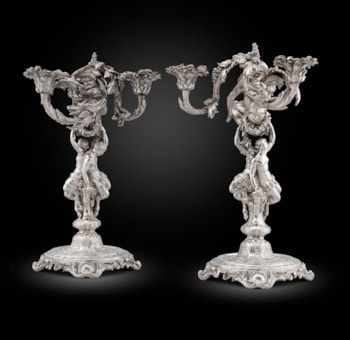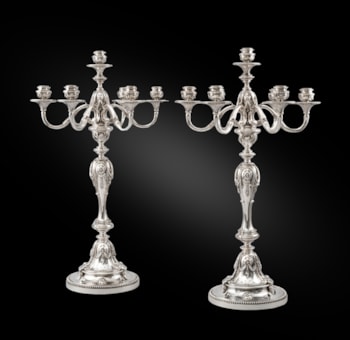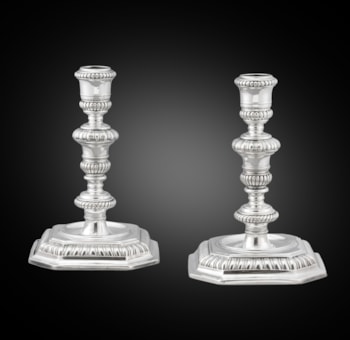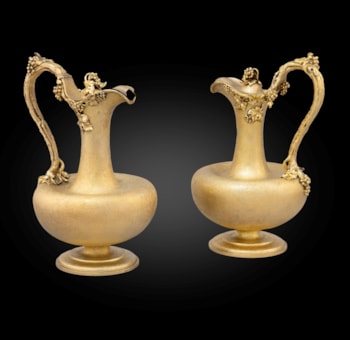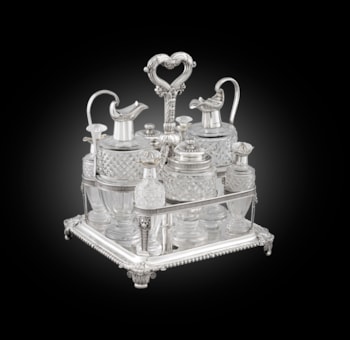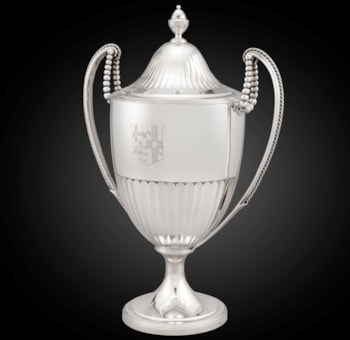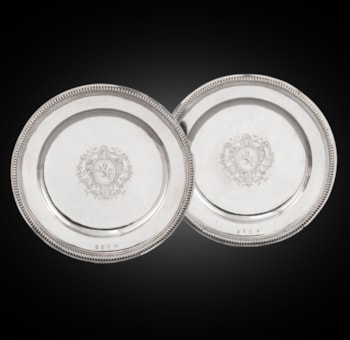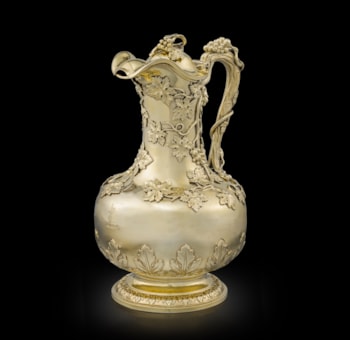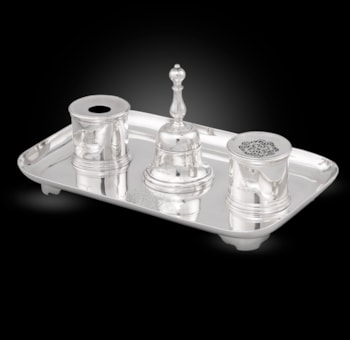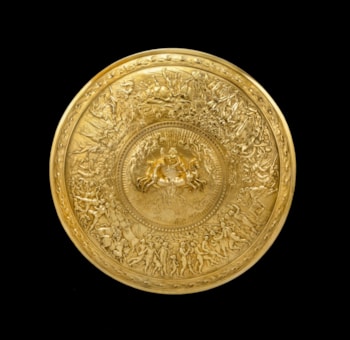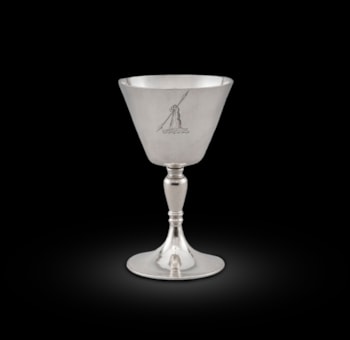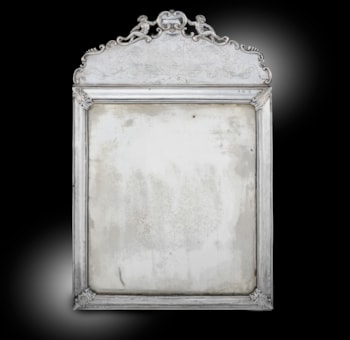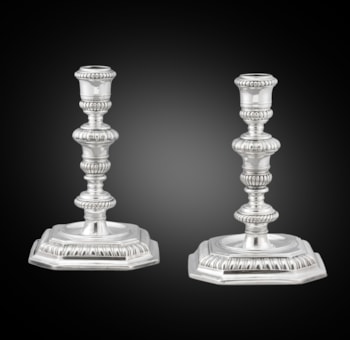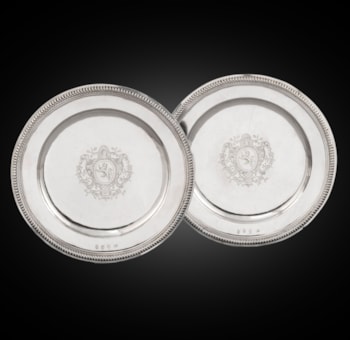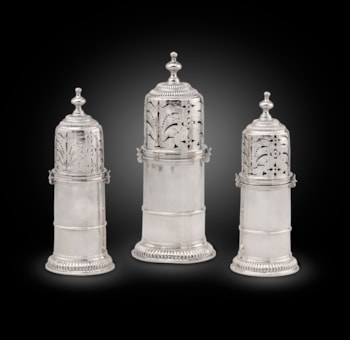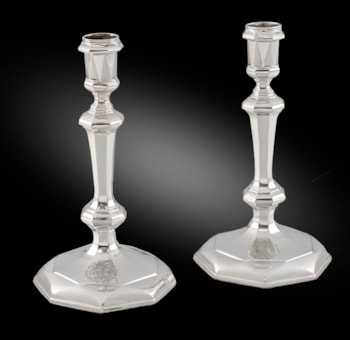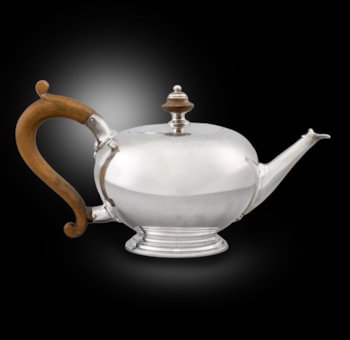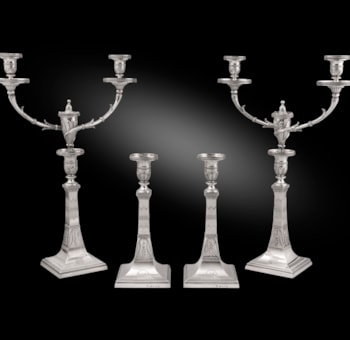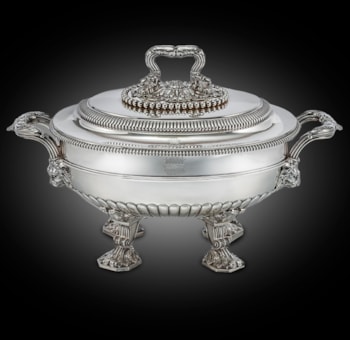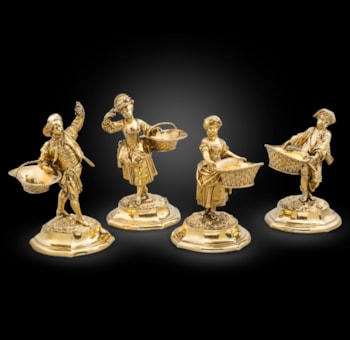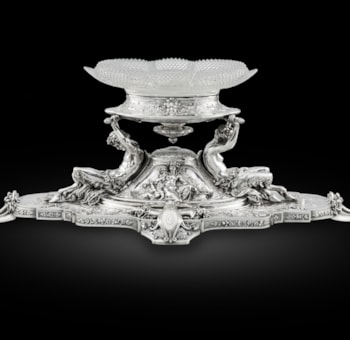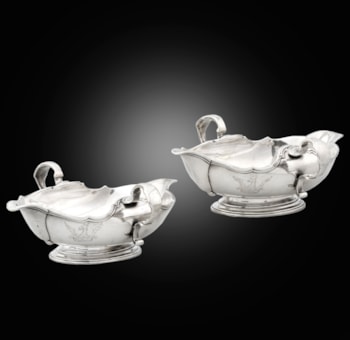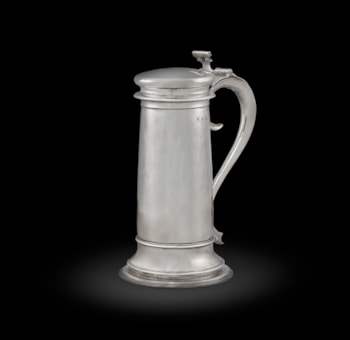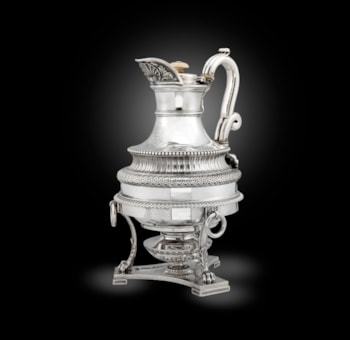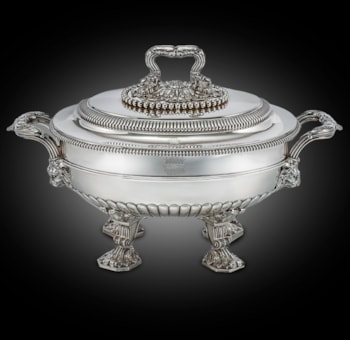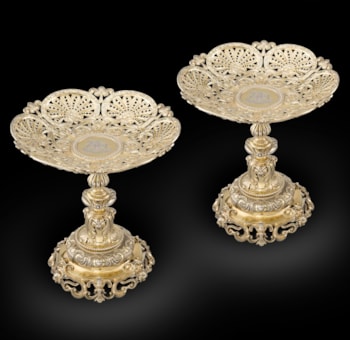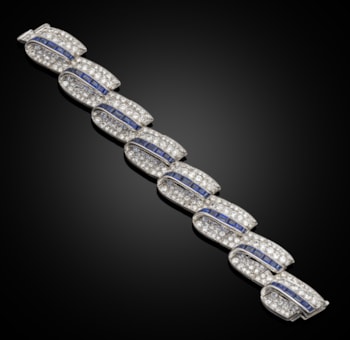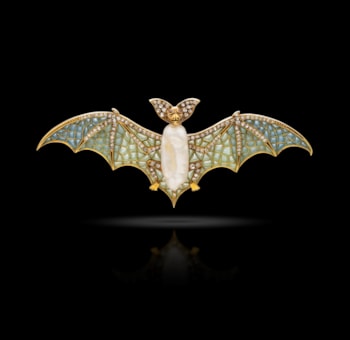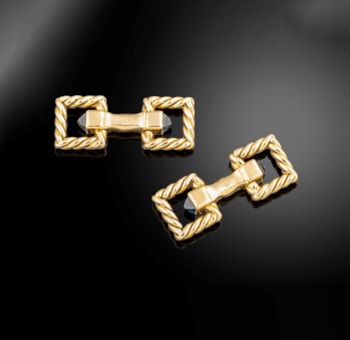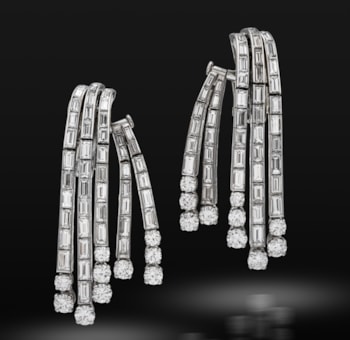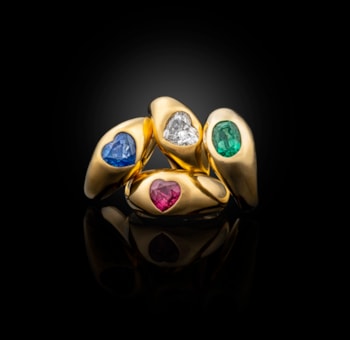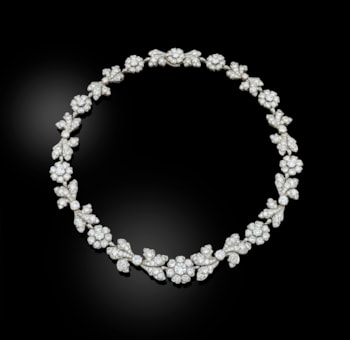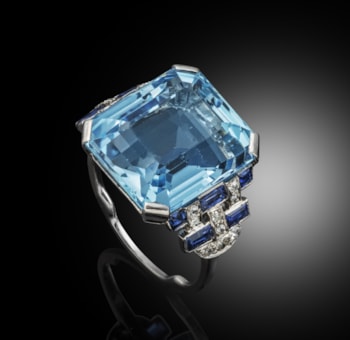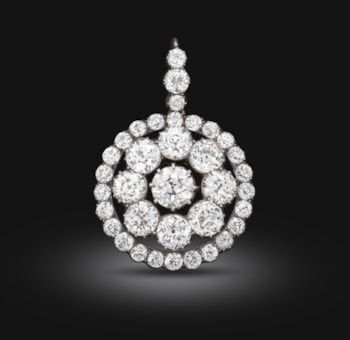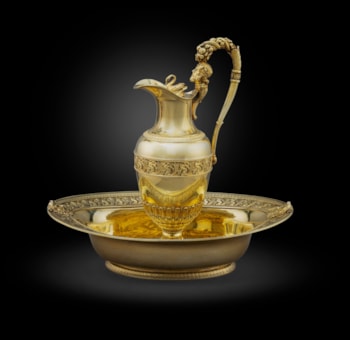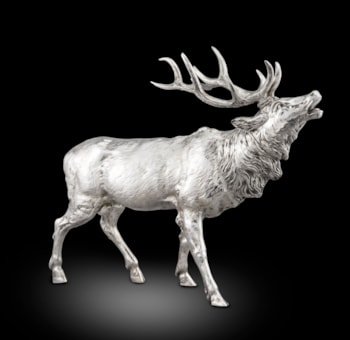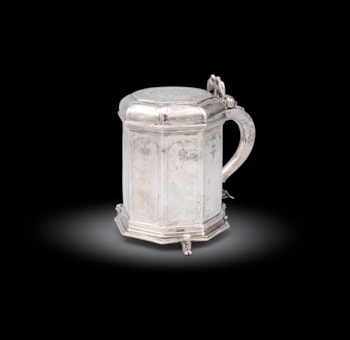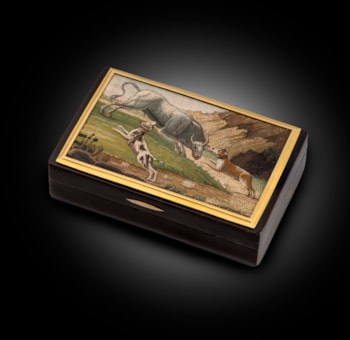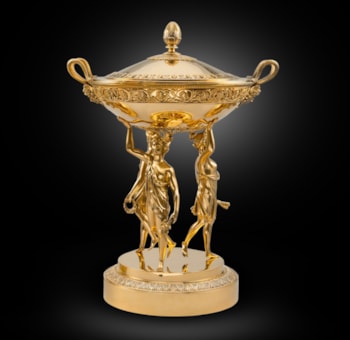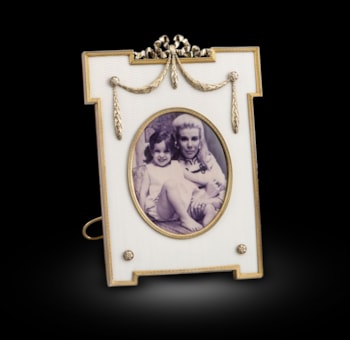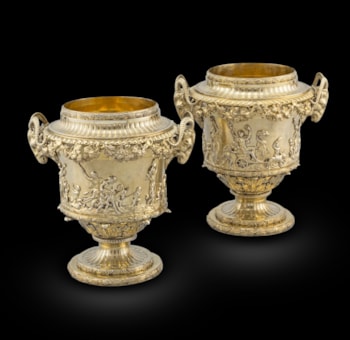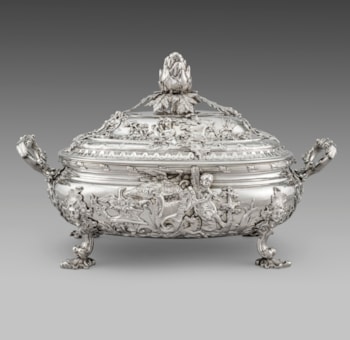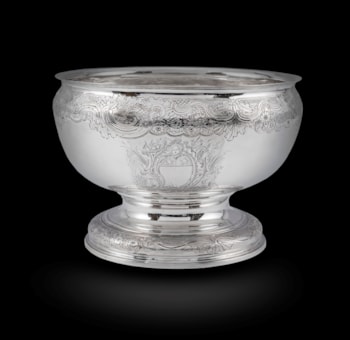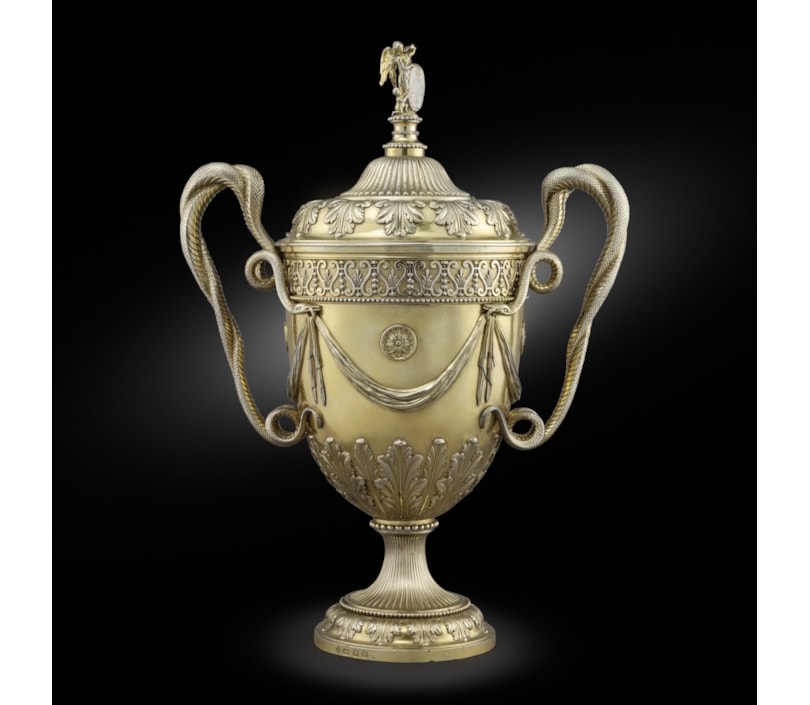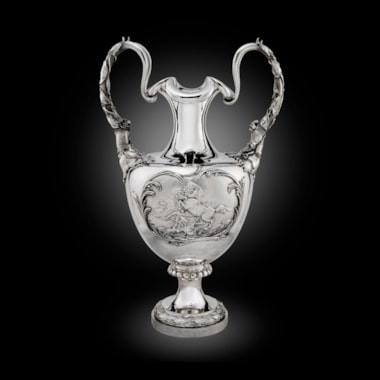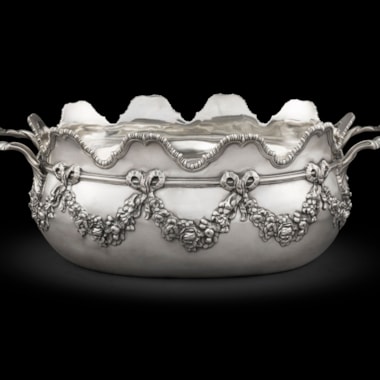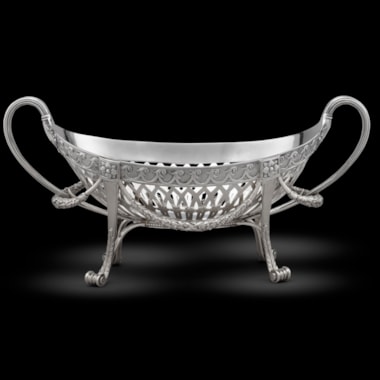Samuel Young was born on 23 February 1766, the elder son of George Young (later Admiral Sir George Young), and his first wife Elizabeth, daughter of Samuel Bradshaw of Buckinghamshire. He went out to India as a civil servant of the East India Company and succeeded in making his reputation and fortune in the Presidencies of Calcutta and later Madras.
On 28 April 1796 he married Emily Baring (1775–1847), daughter of Charles Baring of Exmouth and granddaughter of Johann Baring whose family went on to found Barings Bank. Samuel and Emily had nine children, the eldest, George Young, later became Sir George Young, 2nd Baronet. Three of their sons followed their father's footsteps in the service of the East India Company.
In March 1795, after his return from India, he was elected a Fellow of the Royal Society.
At some point the benefit to a substantial debt from the Nabobs of the Carnatic Sultanate had been transferred to Samuel Young. In 1809 the debt due to Young was 10,000 Madras Pagodas, which in UK sterling, with interest added, was c. £7854, the modern-day equivalent would be about £10 million.
Geoffrey Winthrop Young, who was Samuel Young's great-grandson wrote that Samuel was “small, narrow, obstinate, quarrelsome, a hedonist, and with the one merit of artistic taste and connoisseurship, which led to his fine collection of stones, jewels, pictures, shells, etc. and to his consorting with scientists such as Sir Joseph Banks”. In Winthrop Young's opinion Samuel was deplorable and he has said that his father always spoke of Samuel with contempt. However, Samuel was dead before either Winthrop Young or his father were born and their antipathy towards their own close ancestor ought be set against commonly held views which arose in the latter part of the eighteenth century about men who had enriched themselves through the East India Company, and who were even subject to satire on the stage in productions like Samuel Foote's play The Nabob.
In November 1813 Young was created 1st Baronet Young of Formosa Place in Berkshire. He was nominated as a sheriff of Berkshire in 1817.
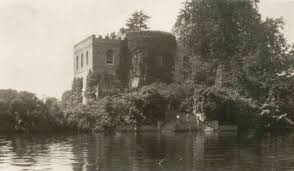
The cup is illustrated in the Sotheby’s Directory of Silver by Vanessa Brett.
You May Also Like




